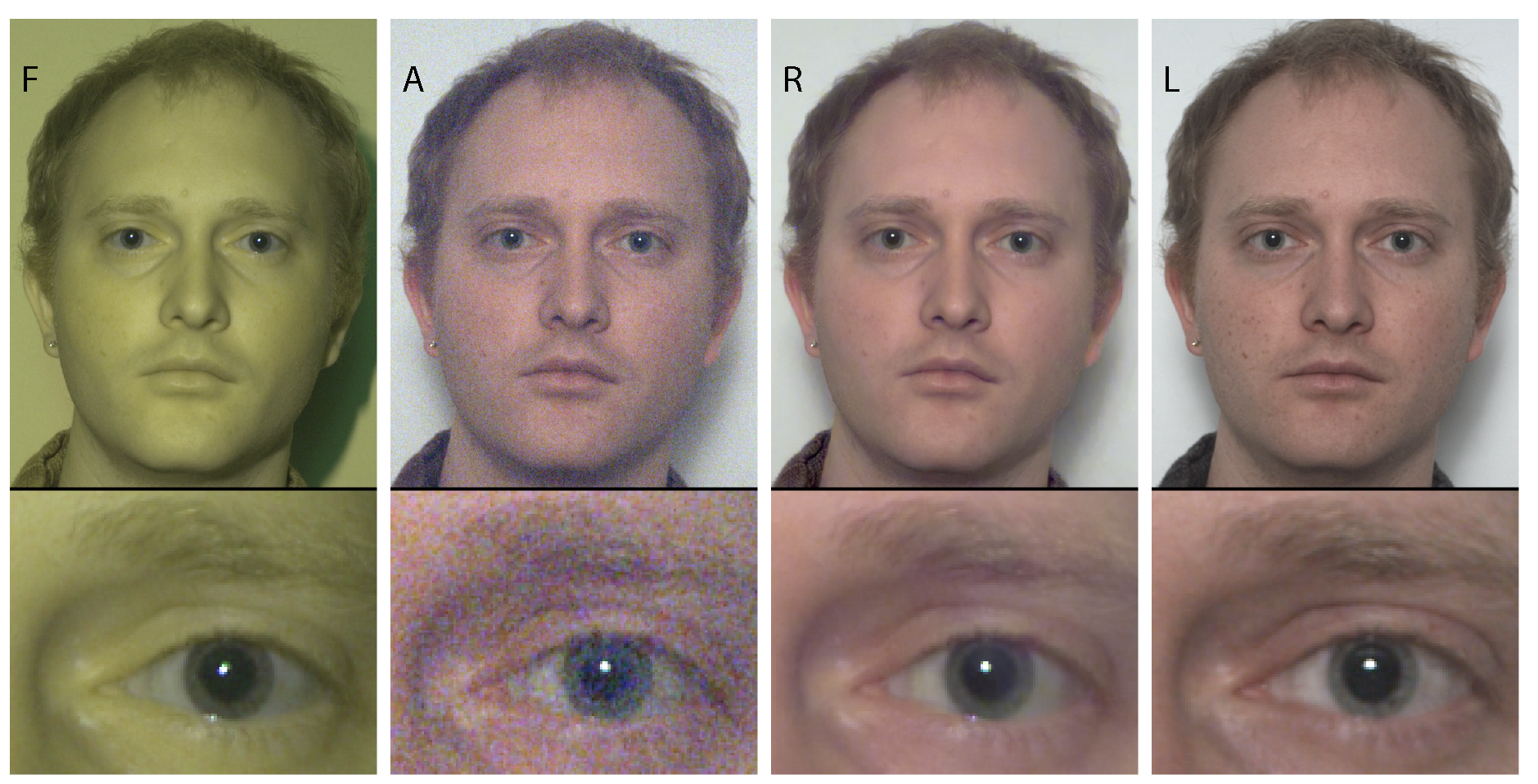NYU researchers create 'invisible flash;' takes photos without glare

Two New York University researchers have created a camera that takes photos with an "invisible flash" of infrared and ultraviolet light to a smarter way to take photos in the dark.
NYU professor Rob Fergus and doctoral student Dilip Krishnan created the camera in an attempt to do away with blinding regular flashes and the "red eye" effect that usually accompanies them.
There are pros and cons to the approach: though a "dark flash" creates a crisp image, results have an odd color balance (think night-vision).
[Read the full NYU study (.pdf; 72MB)]
To remedy the situation, Fergus and Krishnan combined the result with color information from a flash-free (thus dim and blurry) photograph of the same scene taken immediately after the dark flash image. The pair combined the two images using software for the final result.
Unfortunately, some hurdles remain: some objects (such as freckles) absorb UV and IR light, and don't appear in either the "dark flash" version or the final composite image.
Fergus and Krishnan will present their work at the Siggraph conference in New Orleans in August. [via]
